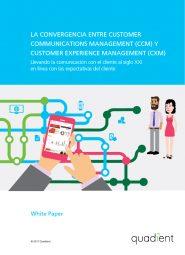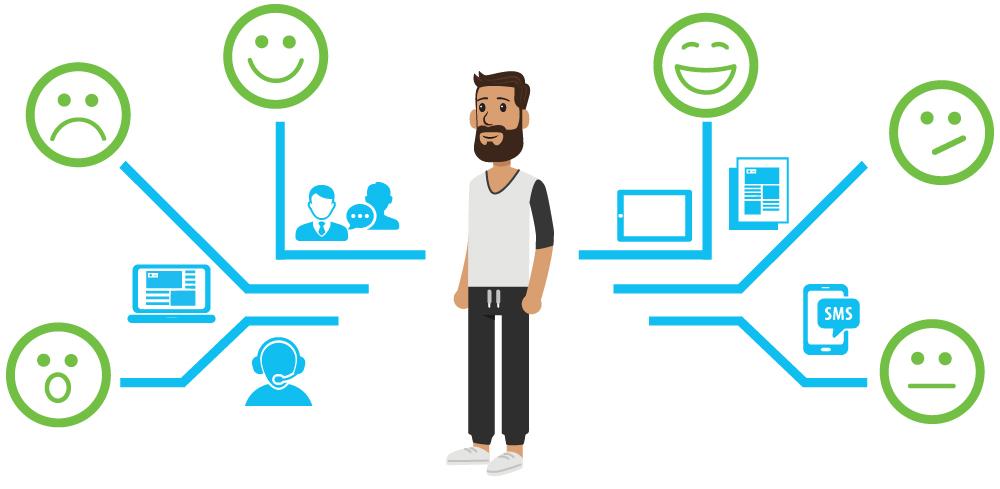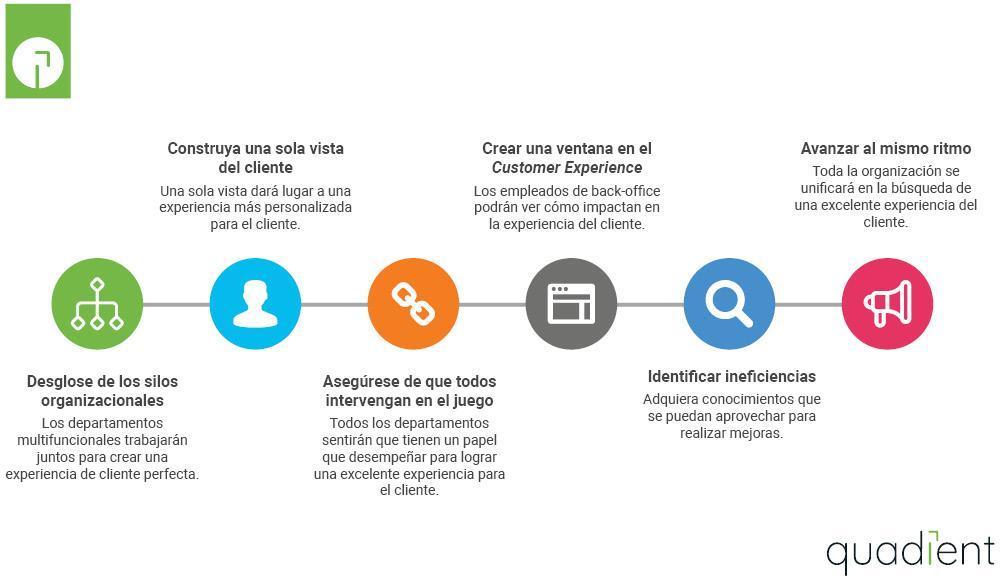In the eyes of P&G executives, merging Gillette with their company was a logical endeavor that would pay dividends. If those same executives were considering the value of merging CXM(Customer Experience Management) with CCM(Customer Communications Management), they would feel the same way.
The Convergence of Customer Communications Management (CCM) and Customer Experience Management (CXM)

CXM and CCM: the merger that all companies could benefit from
Every day, more and more companies are realizing that satisfying the customer and providing an excellent customer experience gives them a huge advantage over their competition.
But achieving this feat requires a unified approach.
Every contact, every interaction a customer has with a company matters. Whether the interaction is digital, mobile, print or verbal, the experience must be seamless, but unless CXM and CCM converge, it is highly unlikely that the customer experience will look like a uniform experience.

Source: page 4 of “The convergence of Customer Communications Management (CCM) and Customer Experience Management (CCM)”.
The old way of doing CXM and CCM
In this day and age when people are talking about the key to improving the customer experience, many are focused on the digital side of things, i.e. the website, blog posts, white papers, email marketing, etc. However, if a company really wants to create a great customer experience, it cannot overlook the other elements that make up the communications image.
Elements such as contracts, invoices, statements, welcome kits and call center inquiries are all important components of the customer experience. If these touch points are not consistent with the tone and manner of the digital elements, customers may end up confused, disappointed and even leave for the competition.
Remember what a great customer experience is: the sum of all the interactions a customer has with a company. Therefore, it only makes sense that the CXM and CCM can no longer work in isolation from each other. The need to merge must be acted upon.
What are the obstacles to a CXM / CCM merger?
If the rationale for the convergence of CXM and CCM is so strong, why haven’t more companies been working on it? The barriers are many:
- Organizational silos
- Complex infrastructure of new and legacy systems
- Changing regulations
- Obsolete processes
- Obsolete technology
In addition to these barriers, there is the fact that, historically, in most organizations, traditional communication pieces, such as contracts, welcome packets, customer correspondence, invoices and statements, have been compiled by IT and operations, while social and digital channels have been the responsibility of marketing and digital teams.
If companies want to ensure that all these channels communicate with the customer in one voice, CXM and CCM must converge and be invited to influence the development, creation and execution of all touch points.
Joining CXM and CCM: where to start
The convergence of CXM and CCM begins with journey mapping.
By mapping customer journeys, organizations will be able to provide the CMO, CXO, CIO and the rest of the company with visibility into the end-to-end customer experience, not only with communications, but also with all interactions.
This will impact your organization in multiple ways, as this infographic illustrates:

For many organizations the obvious benefits that the merger of CXM and MCC present make the decision to move forward with this initiative a difficult one.
Those who have already taken the step are glad they did, as they are now enjoying the fruits of their labor: communications across channels that are agile, consistent, personalized and relevant throughout the Customer Journey.
Content extracted from
Quadient
.
